
Near my office at Ginnery Corner in Blantyre is a short, stout forty-something-year-old fellow who I have watched selling soft drinks over the past two decades.
Literally, this man has grown on this street, including his beard, which I now see him spotting and pulling every now and then. But that bush is the only thing that has grown with him apart from his family, of course. His business is still the same though.
He still orders two crates of soft drinks every day because that is the working capital he has had consistently.
Occasionally, he would ‘eat’ his capital and then turn to the nearby Directorate of Road Traffic and Safety Services where ‘amathamanga’ as some sort of ‘dobadoba’ or middleman.
At that corrupt department, he helps lazy folks get their drivers’ licenses, certificates of fitness and registration documents for their vehicles through shortcuts, well, that is a polite way of saying bribery towards the right officers whose agent is ‘Shorty’.
Once he gets enough from his commissions for his two crates, he returns to his clean soft drinks business, as if acknowledging that udobadoba is a dirty way of earning a living and only resorts to it out of desperation to survive.
Otherwise, ‘Shorty’ works hard, arrives on the street by 7am, knocks off 12 hours later and has followed the same routine throughout the 20 years I have known him. But there is nothing about him that shows progress.
Shorty’s tale is a microcosm of the story of his country, Malawi. In 2004, the same year I knew ‘Shorty’, Malawi’s international poverty line stood at around 70 percent and two decades later, that figure is largely the same.
During most of this period, Malawi implemented three medium-term national development strategies that were supposed to be aligned to Vision 2020—the purveyor of the country’s long-term national development aspirations—at whose expiry Malawi should have become a middle income economy.
The country never even came close by the year 2020. These three documents were the Malawi Growth and Development Strategy I, II and III although the first years of the vision were operationalized by the Malawi Poverty Reduction Strategy.
These four successive documents and the vision they served, left the same 70 percent of Malawians exactly as they found them: living on US$2.15 per person every day with income per capita at around US$645 instead of the $1 036 they should have had by year 2020.
Government instead kicked that cane down the road to the year 2030, but now the National Planning Commission says the country is also unlikely to become a lower middle income country by 2030 as planned and may only reach the goal 15 years after the target.
Updating the Budget and Finance Committee of Parliament in Lilongwe, NPC director general Thomas Munthali, however, said if there is a radical course correction through implementation of catalytic interventions that can help chalk a consistent growth of 6.4 percent then Malawi could achieve the target by 2036.
But if the country still wants to reach its lower middle income status target by the original date of 2030, then it must grow by at least 10 percent annually in the remaining six years—a feat that is almost impossible given the country’s economic performance over the past 30 years (1994-to date) during which growth has averaged just around four percent.
Government has said a series of internal disasters and external crises that have spilled over to Malawi have derailed the local economy from growing at the six percent minimum needed to cut poverty and raise people’s incomes.
To be sure, the floods in 2015, the drought in 2016, Cyclone Idai in 2019, Cyclone Anna and Tropical Storm Gombe in 2022, Cyclone Freddy in 2023 and now the El Nino effects have over the past decade played a huge part in crippling the agriculture sector, which is the country’s economic mainstay with direct bearing on the living standards of at least 80 percent of the population.
These natural disasters have also devastated infrastructure in the transport and energy sectors as well as in social sectors of health and education that required government to spend money it did not have, to prevent them from complete collapse.
Again, the external shocks from the Russian invasion of Ukraine—widely blamed for worsening global supply chain disruptions, which were triggered by Covid-19 lockdowns that reached their peak at the beginning of the Malawi2063 agenda in 2020—is one of the major outside forces scattering execution of its domestic agenda. Yet, the fact remains that these climate shocks will always be there just as foreign powers will always go to war without a second thought of how tiny Malawi will be affected by bombings thousands of miles away. Malawi just has to work around these.
What this country needs is a sound governance regime with strong and independent institutions that enforce transparency and holds everyone accountable, including the Head of State.
Such a governance architecture could bring back confidence in government and its systems, including those on public finance and economic management, which can in turn boost inflows in general budgetary support directly to government to ensure harminised spending and accountability for results; attract foreign direct investment to create jobs and boost exports and encourage Malawians to pay their taxes religiously trusting that their money will really be used to develop the country for their benefit and those of their children.
Only then can ‘Shorty’, who I saw on Thursday morning dejectedly carrying his two crates of soft drinks, really grow his small business and make his family live a little better without resorting to the very corruption seen through the road traffic directorate that pulls back this country.


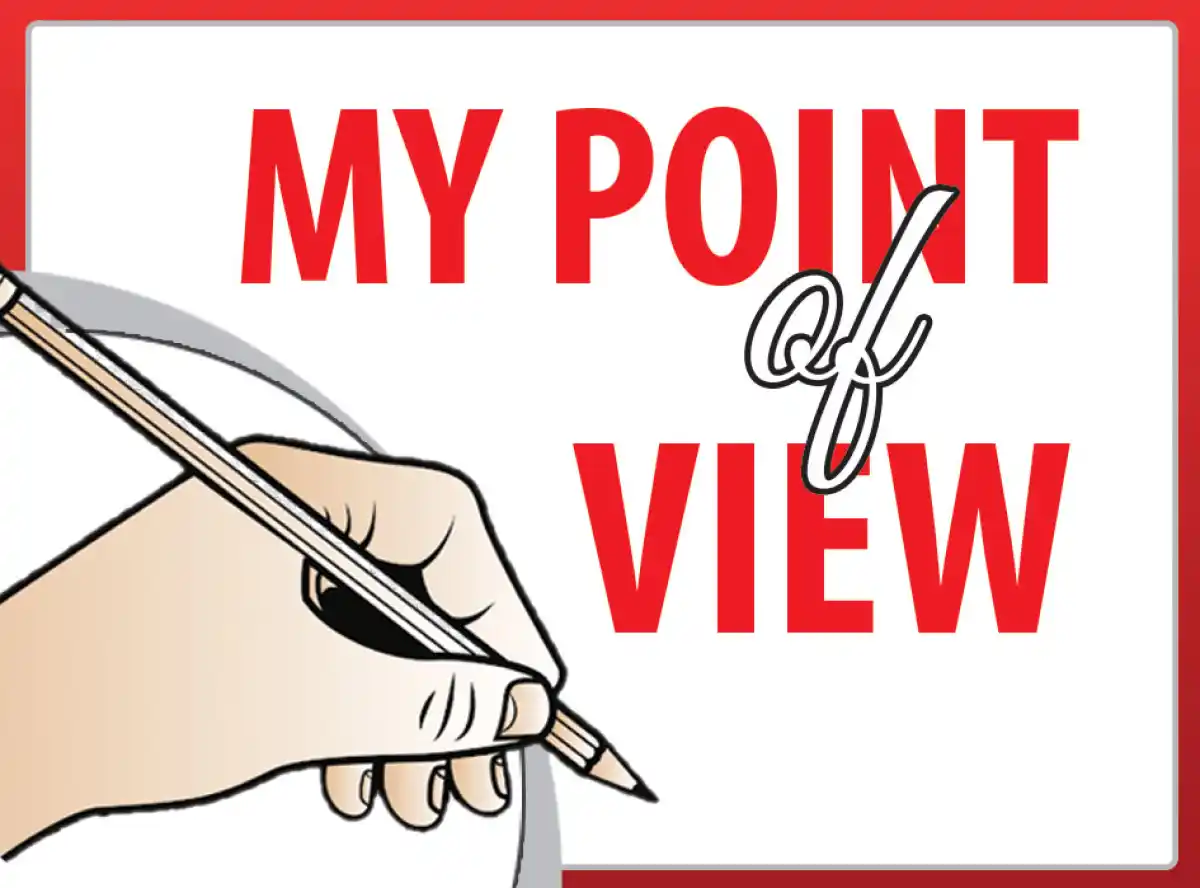

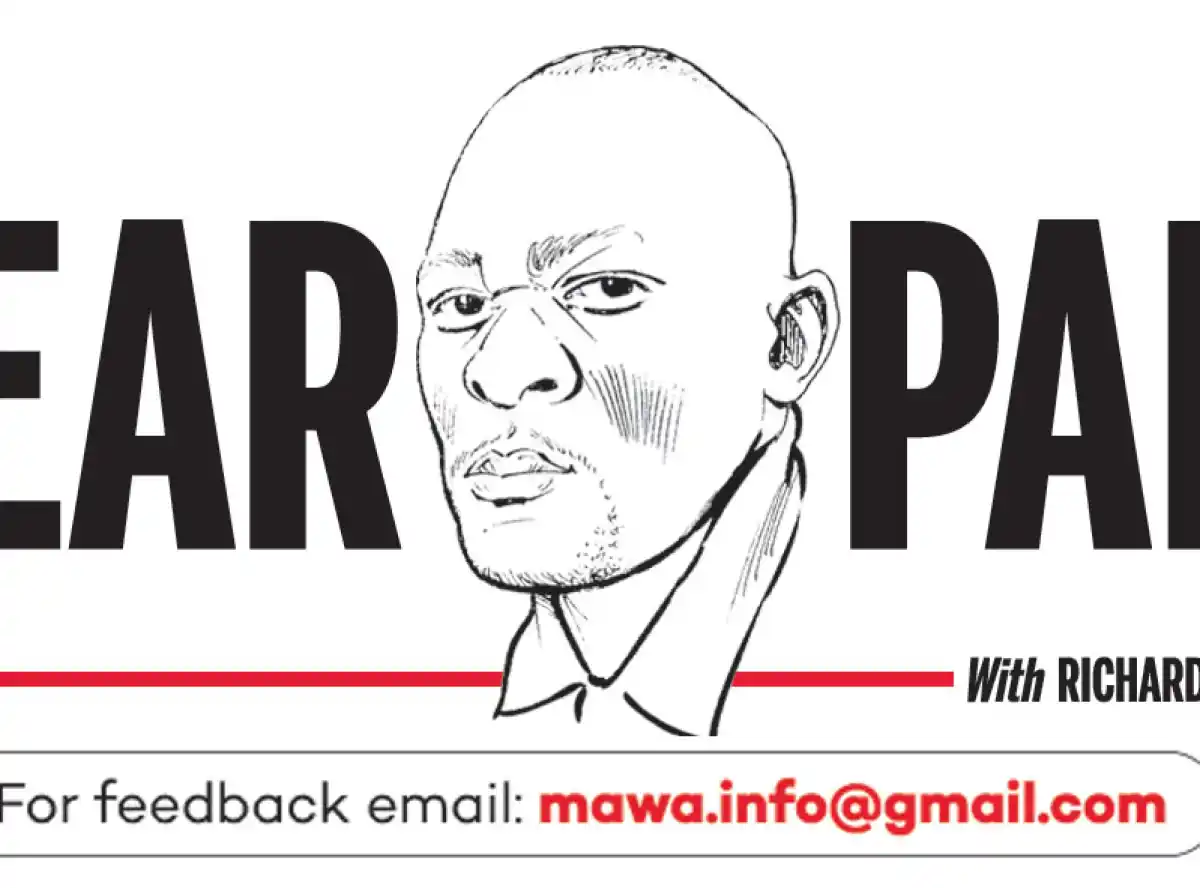
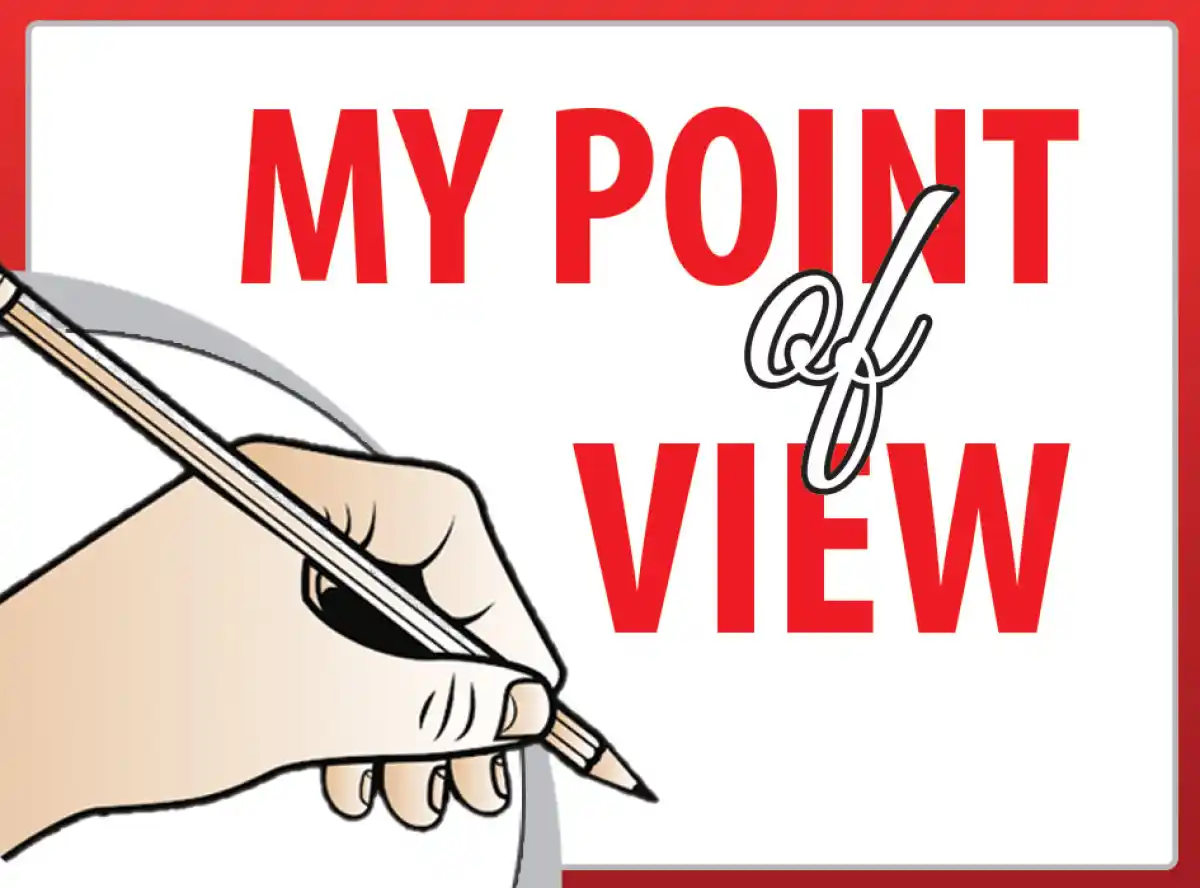
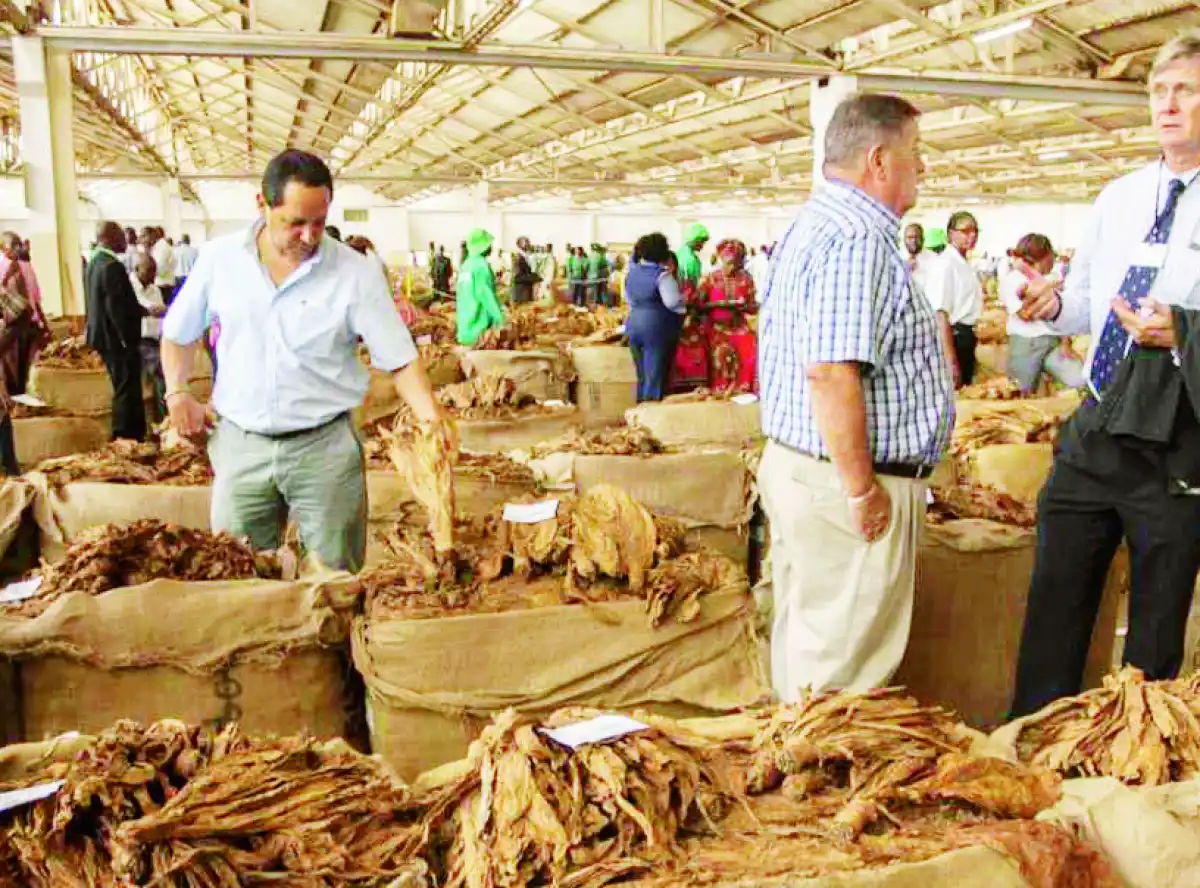
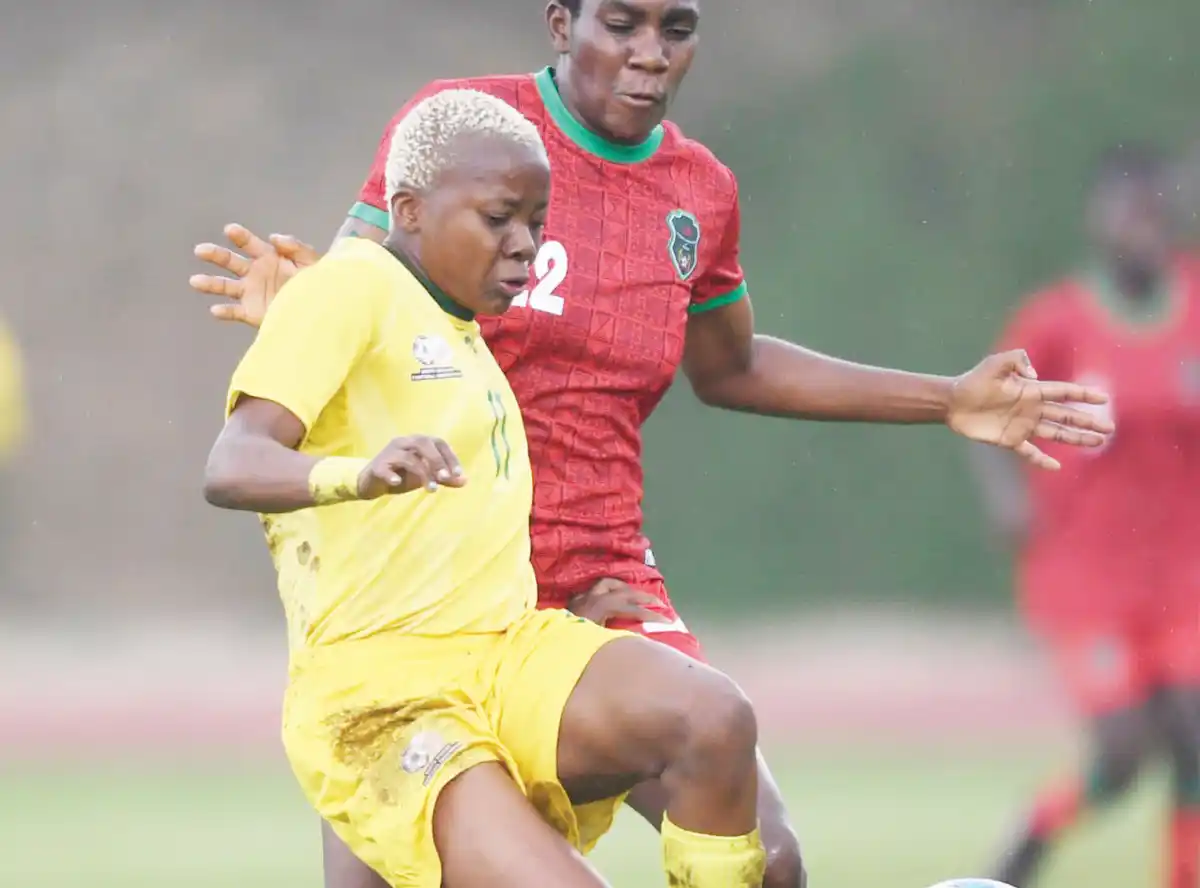
0 Comments